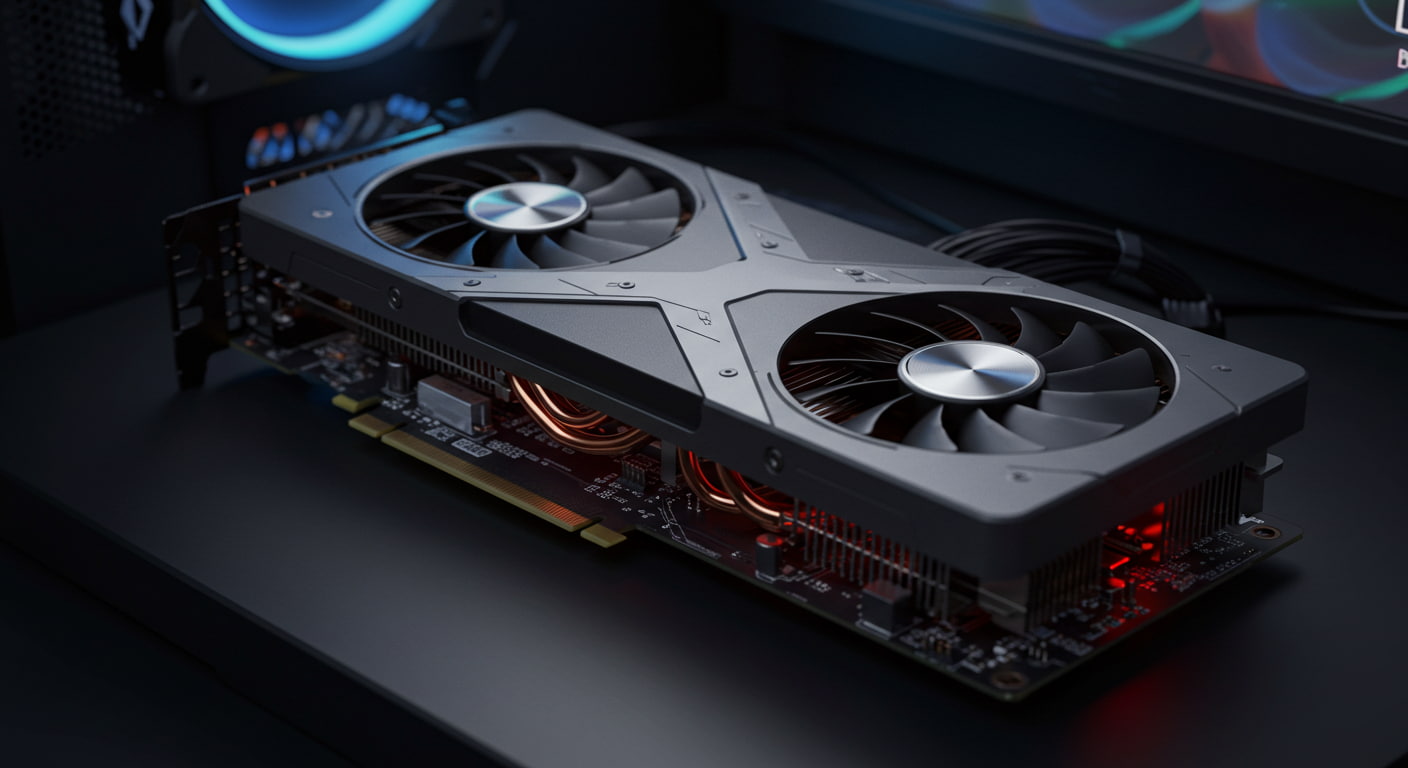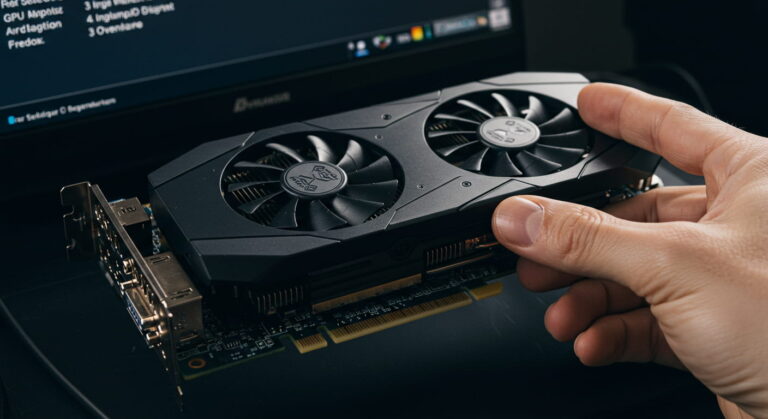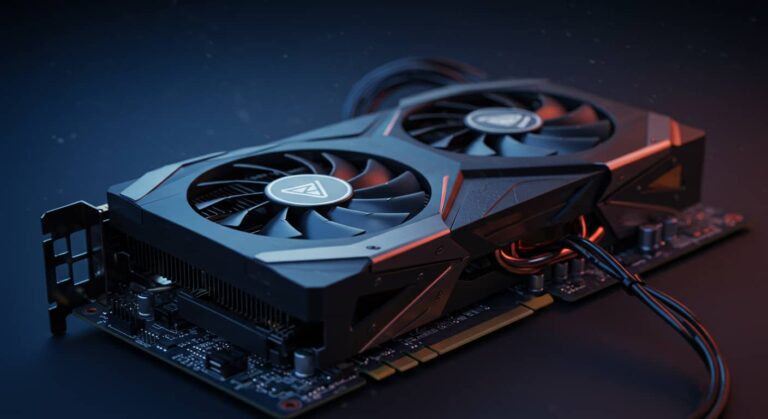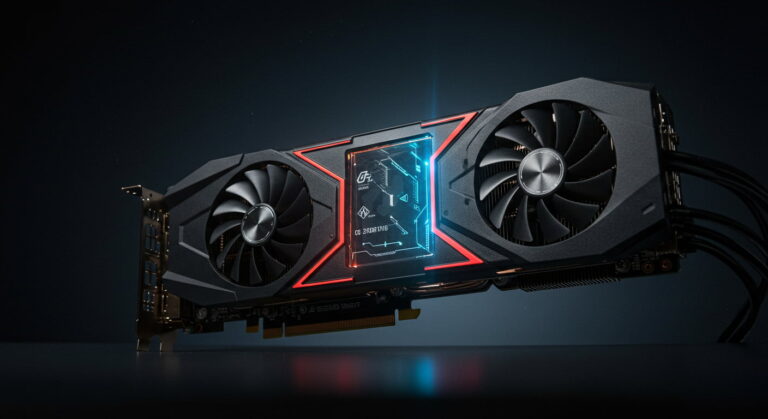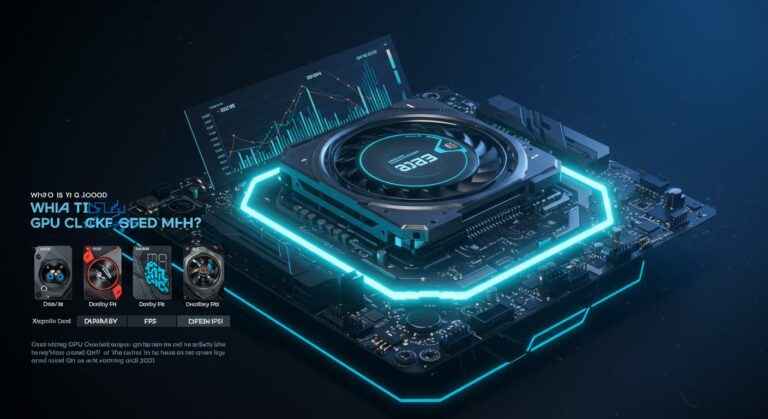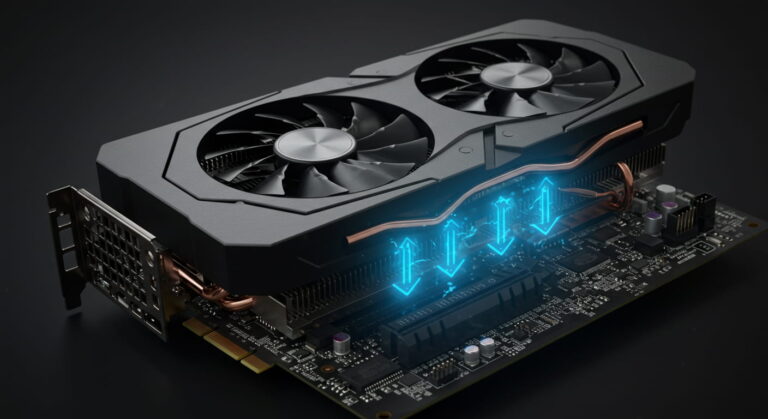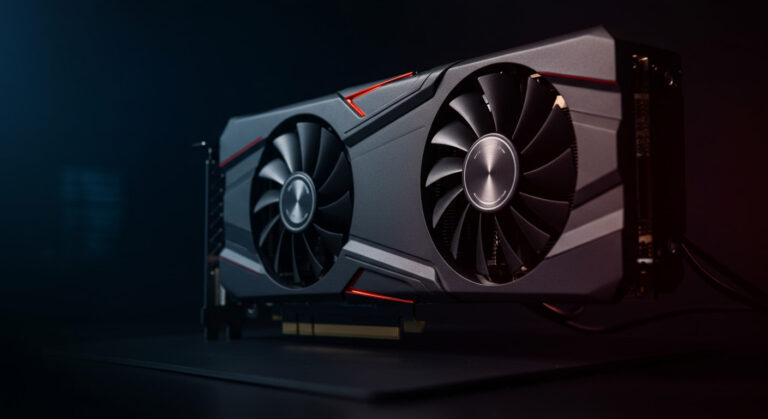Is 80 Degrees Celsius Hot for a GPU? – Safe Temps, Limits & Tips!
Graphics Processing Units (GPUs) are the heart of modern gaming and creative workloads. Whether you’re running a high-end RTX 3080, a midrange RTX 3060, or even a laptop GPU, performance and stability often depend on one crucial factor — temperature. Many gamers and PC enthusiasts wonder: is 80 degrees Celsius hot for a GPU?
The answer is more nuanced than a simple yes or no. While 80°C may sound high compared to CPUs or other PC components, it is often a perfectly safe operating temperature for most modern GPUs. Manufacturers like NVIDIA and AMD design their graphics cards to run hot under heavy loads, with thermal limits typically ranging between 90°C and 95°C. This means that 80°C is still within the safe range, although it sits on the higher side of normal operation.
In this article, we’ll break down different scenarios, workloads, and GPU models to determine when 80°C is normal, when it’s concerning, and how you can manage temperatures effectively.
Is 80 Celsius Hot for GPUs in General?
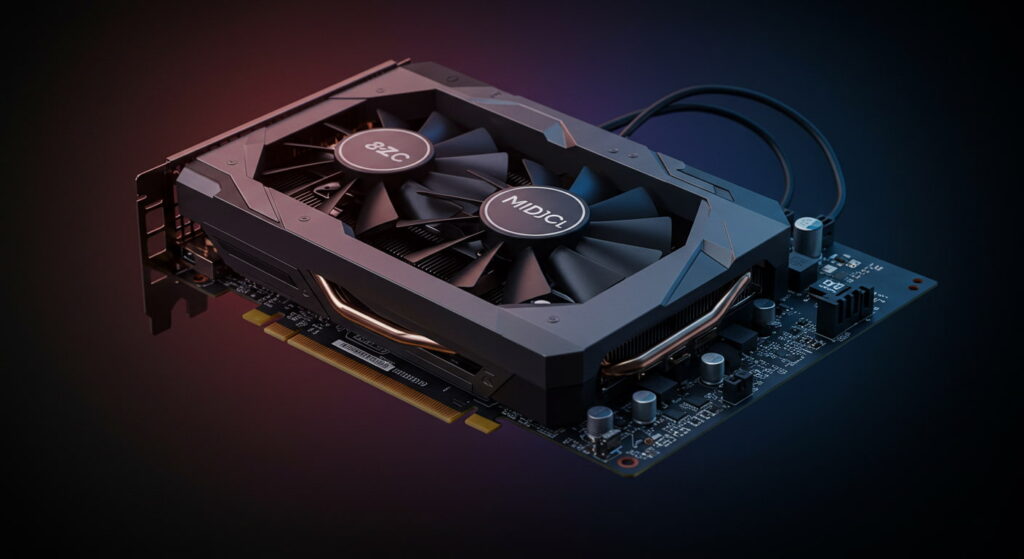
What temperature do most GPUs run at during gaming?
Modern GPUs are designed to withstand high thermal output. During gaming, most cards run between 65°C and 85°C depending on cooling design, case airflow, and workload. Entry-level and midrange GPUs often stay cooler, while flagship cards with higher power draw can naturally reach the 80°C mark.
Is 80°C considered safe according to manufacturers?
Yes. Both AMD and NVIDIA list the maximum safe operating temperature of their GPUs around 90–95°C. Some older cards even tolerated up to 100°C before throttling. This means 80°C is below the danger threshold and considered safe by industry standards.
How long can a GPU operate at 80°C without issues?
If your GPU consistently runs at 80°C while gaming, you don’t need to panic. Many users report running GPUs for years at this temperature without failure. However, sustained high heat can slowly degrade components such as VRMs, capacitors, and thermal paste. For maximum lifespan, it’s best to keep temps in the 70–78°C range, but 80°C is not harmful.
Also read: CPU GPU Compatibility
80°C to 82°C GPU Temperature – Is It Normal?
Average GPU temps for modern vs older GPUs
- Modern GPUs (RTX 3000/4000, RX 6000/7000): These cards feature efficient cooling and advanced fan designs, but due to higher power draw, they often hit 75–82°C in heavy gaming sessions.
- Older GPUs (GTX 900/1000 series, RX 400/500): Older designs had less efficient cooling, making 80–85°C fairly common.
When does 80°C become a cause for concern?
80°C is only a concern if it comes with performance drops, loud fans, or instability. If your GPU crosses 85–90°C regularly, you should check cooling. Otherwise, 82°C is within normal limits under gaming or rendering.
Why some GPUs naturally run hotter than others
GPU cooling solutions differ by brand and model. Blower-style coolers (single fan, rear exhaust) run hotter than open-air coolers with multiple fans. Similarly, compact cards and laptops naturally reach higher temps due to limited airflow.
Is It Normal for a GPU Temperature to Be 80°C?
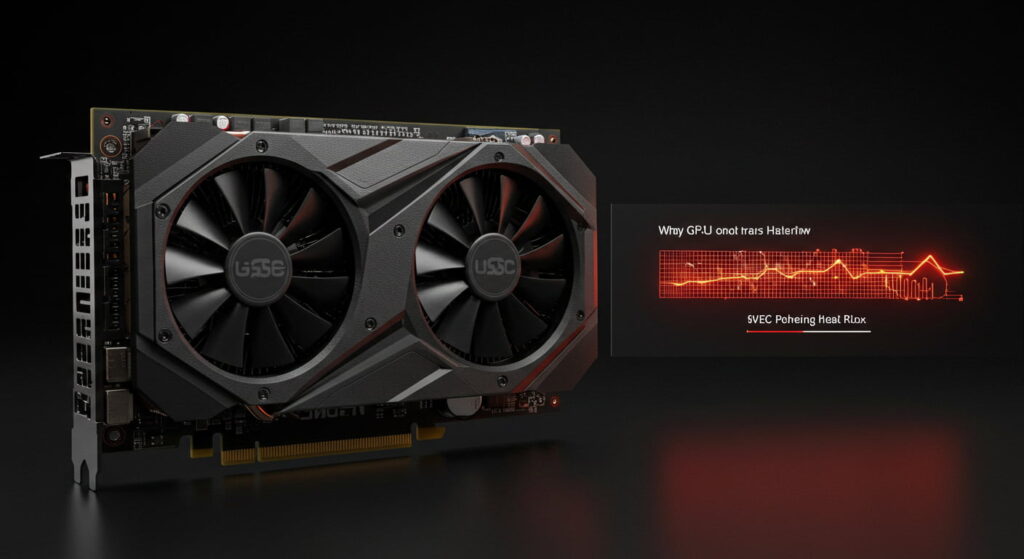
Gaming vs idle temperature differences
It’s normal to see 80°C during intense gaming or benchmarks, but idle temperatures should be much lower — typically 30–50°C. If your GPU idles close to 80°C, that’s a problem and indicates either poor airflow, high background usage, or cooling failure.
Why GPU workload affects temperature levels
The GPU consumes more power and generates more heat when working harder. Rendering 3D graphics or running simulations can push temps higher than watching videos or browsing. The more demanding the workload, the hotter the GPU will run.
Environmental factors that influence GPU temps
Room temperature, case airflow, dust buildup, and even cable clutter can all affect how hot your GPU runs. For example, a GPU that runs at 75°C in a cool environment may reach 82°C in a hot climate with poor airflow.
Also read: GPU Normal Temperature Guide 2025
GPU Temps at 80°C – Should You Be Worried?
Signs your GPU is overheating
80°C alone isn’t worrying, but combined with:
- Artifacting or visual glitches
- Sudden FPS drops
- Loud fans running constantly
then overheating may be an issue.
Performance impact of running at 80°C
Most GPUs don’t throttle until they reach 85–90°C. At 80°C, performance remains stable, and you won’t lose FPS. However, constant operation at the upper range may shorten hardware lifespan.
How to tell if cooling needs an upgrade
If your GPU consistently runs at 80°C with fans at maximum speed, your system may need better airflow. Adding case fans, reapplying thermal paste, or undervolting can reduce temps significantly.
Is 80-83 Degrees OK for a GPU While Playing?
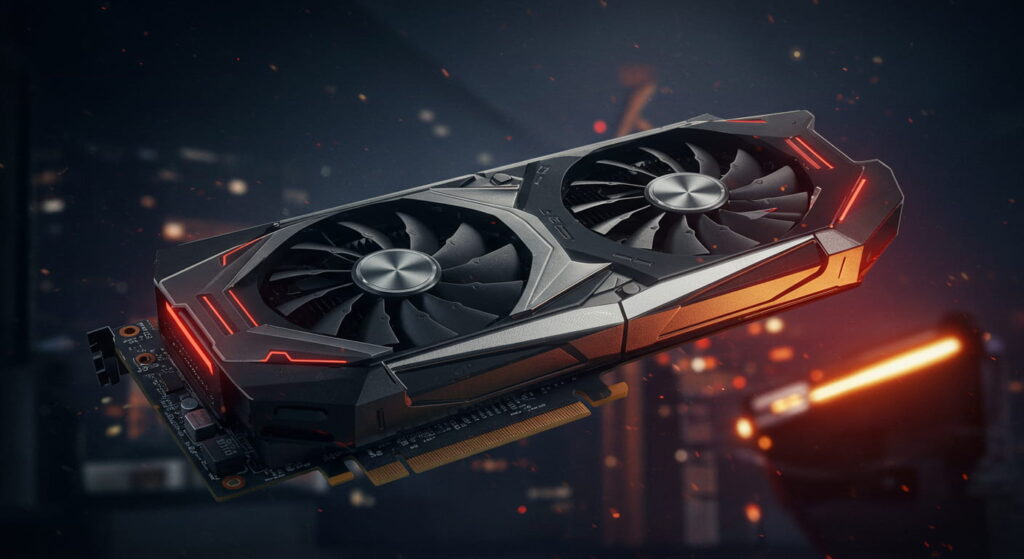
Normal gaming temperature ranges
Most gaming sessions keep GPUs in the 65–85°C range. So 80–83°C during graphically demanding gameplay is completely normal.
Is 80-83°C typical for AAA titles?
Yes. Games like Cyberpunk 2077, Hogwarts Legacy, or Red Dead Redemption 2 push GPUs to their limits. Hitting 80°C in such cases is expected, especially at ultra settings or 1440p/4K resolutions.
How to optimize cooling while gaming
- Use a custom fan curve (via MSI Afterburner)
- Improve case airflow with intake and exhaust fans
- Consider undervolting for lower heat and power draw
Is 78-80 Degrees OK for a GPU at Max Load?
Stress test vs real-world gaming temps
Stress tests (like FurMark) are designed to push GPUs to the limit. If your GPU hits 78–80°C during these tests, it will likely run cooler in normal gaming, making it perfectly safe.
GPU throttle points and max safe temps
Most GPUs throttle performance automatically at 90–95°C to protect themselves. This means running at 80°C still leaves plenty of headroom.
How power limits affect GPU heat
Increasing power limits or overclocking raises heat output. If you keep your GPU at stock settings, 78–80°C under full load is completely acceptable.
Also read: amd gpu with intel cpu
GPU Running at 80°C and 50% Usage – Is That Safe?
Why temps can be high at low usage
Sometimes, even at 50% usage, temps can hit 80°C due to poor airflow, background tasks, or inefficient fan curves.
Possible driver or fan curve issues
GPU drivers occasionally mismanage fans, causing higher than normal temps. Setting a manual fan curve can fix this.
Fixes if your GPU runs hot at medium load
- Update drivers
- Clean dust filters
- Adjust airflow
- Apply new thermal paste if needed
Is 80 Degrees Celsius OK in Idle Mode?
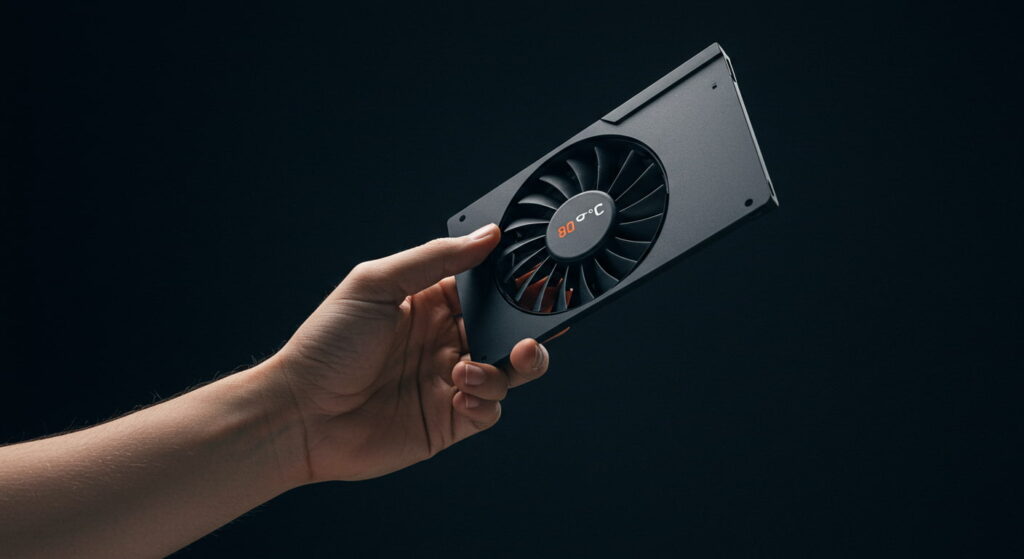
What is the normal idle GPU temperature?
Idle temps should be 30–50°C. Anything over 60°C at idle indicates an issue.
Reasons for unusually high idle temps
- Hidden mining malware or background apps
- Blocked airflow in a case or laptop
- GPU fan not spinning at idle (passive cooling mode)
Steps to lower idle GPU temperature
- Check background processes
- Clean the heatsink and fans
- Reseat GPU or replace thermal paste if necessary
Is 80°C OK for an RTX 3080?
Average temps for RTX 3080 under load
The RTX 3080 is a power-hungry card, often reaching 75–85°C under gaming load. So, 80°C is common.
Nvidia’s official safe operating temps
NVIDIA specifies that RTX 3000 cards are safe up to 93°C, meaning 80°C is well below danger.
Cooling solutions for RTX 3080 users
- Aftermarket air coolers with larger heatsinks
- Liquid cooling setups
- Improved case airflow
Also read: GPU Serial Number Lookup
Is 80 Degrees Celsius Hot for an RTX 3060?
Normal RTX 3060 gaming temperatures
The RTX 3060 usually stays cooler than higher-end models, averaging 65–75°C.
When 80°C is acceptable for midrange GPUs
If your 3060 hits 80°C during hot weather or long gaming sessions, it’s not harmful but slightly above average.
Tips to keep RTX 3060 cooler
- Undervolt the card for better efficiency
- Increase case airflow
- Avoid unnecessary overclocks
Is 80 Degrees Celsius Too Hot for a Laptop GPU?
Laptop GPU vs desktop GPU thermal design
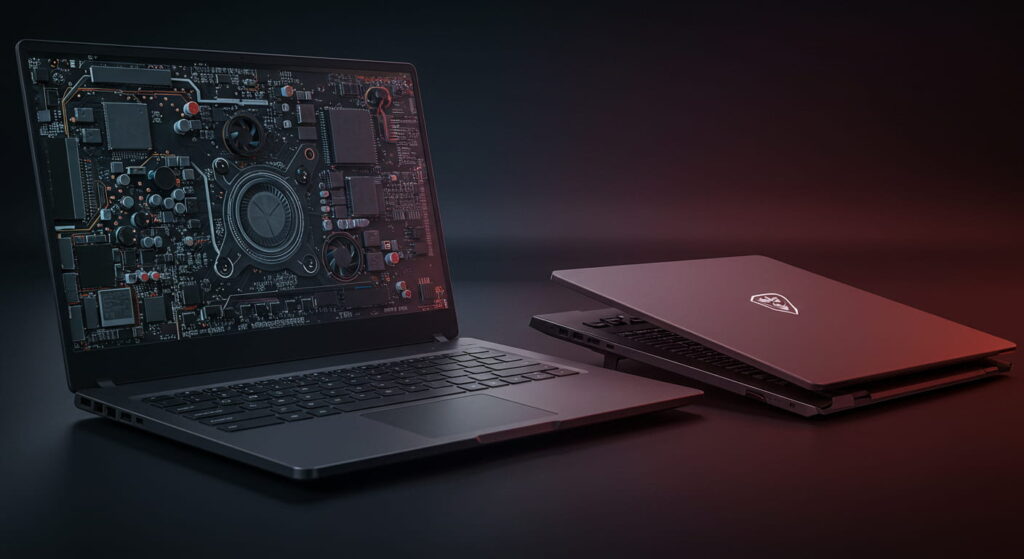
Laptops have limited cooling, making 80–85°C completely normal under heavy loads.
Why laptops usually run hotter
Compact form factors restrict airflow. Thin gaming laptops almost always run hotter than desktops.
Best practices for laptop cooling
- Use a cooling pad
- Clean vents regularly
- Avoid using laptops on beds or couches
Also read: GPU Not Showing Up in Device Manager? Causes and Fixes!
Is 80°C Too Hot for GPU Reddit Users’ Opinion?
What the gaming community says about 80°C
On Reddit, most gamers agree that 80°C is safe for GPUs and shouldn’t cause concern.
Reddit discussions on GPU temps and longevity
Users often report running cards at 80°C for years without degradation. Some enthusiasts prefer under 75°C for peace of mind.
Do real-world experiences match manufacturer specs?
Yes. Both Reddit discussions and official specifications confirm that 80°C is safe, even for long gaming sessions.
FAQs About GPU Temperatures
1. Is 80°C safe for gaming GPUs?
Yes, 80°C is safe and normal during intense gaming sessions.
2. Can 80°C damage my GPU over time?
No, but running cooler (70–75°C) may extend lifespan slightly.
3. What is the max safe GPU temperature?
Most modern GPUs are safe up to 90–95°C.
4. Should I worry if my GPU idles at 80°C?
Yes, idle temps should be 30–50°C. 80°C at idle means an issue.
5. Do laptop GPUs run hotter than desktop GPUs?
Yes, laptops often hit 80–85°C due to limited cooling space.
6. Is undervolting a safe way to lower temps?
Yes, undervolting reduces heat and power usage without harming performance.
7. Does room temperature affect GPU heat?
Absolutely. Hot environments can push GPUs closer to 80–85°C.
8. Is 80°C safe for RTX 3080 and RTX 3060?
Yes, both models can handle 80°C safely under load.
9. What’s the best way to keep GPUs cool?
Improve case airflow, clean dust, and use a custom fan curve.
10. Will 80°C cause my GPU to throttle?
No, throttling usually starts above 85–90°C.
Conclusion:
In simple terms, 80 degrees Celsius is not too hot for a GPU. It’s safe for most modern graphics cards during gaming or heavy workloads. Still, keeping your GPU a bit cooler (under 75°C when possible) can help with performance and long-term health. If your card is hitting 80°C at idle or light use, then it’s a sign you should check cooling or airflow.
